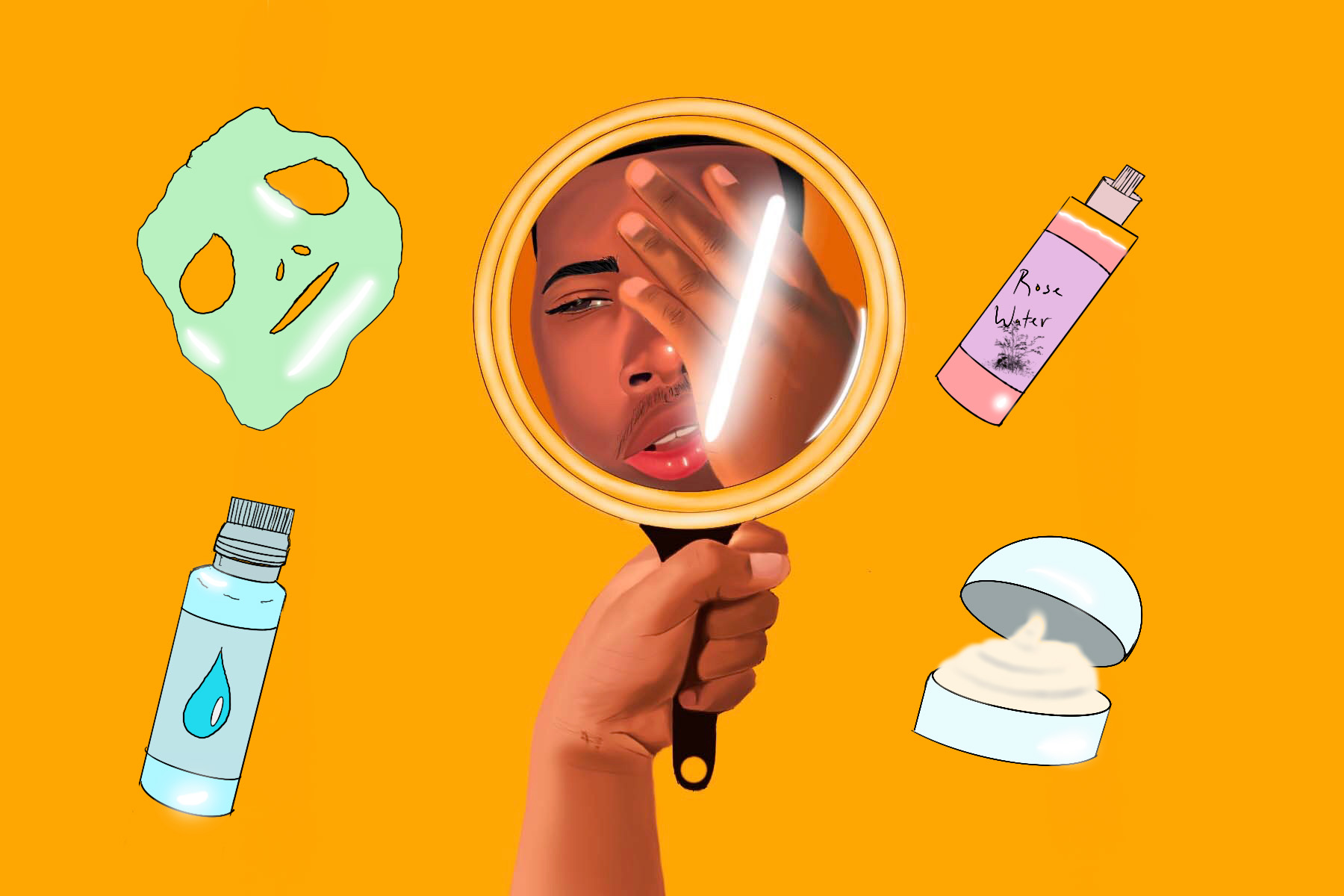Fantasizing about being young adults was sometimes the only thing that saw most people through the angst of their teenage years. To live financially independent, freely make their own life choices and outgrow the pesky acne breakouts that come along with the burden of the already painfully awkward phase of puberty seemed idyllic. What most don’t realize, though, is adulthood isn’t all it’s cracked up to be. Not only do young adults have to pay their own bills and make hard and fast life decisions, but an unlucky few even have to deal with adult acne.
While dealing with breakouts was terrible during high school, at least everyone else was going through the same thing. The difference with adult acne from teenage acne is that its unexpected presence makes it feel much more prominent to the person who has it, making it even further of a nuisance to try and deal with while going through situations much more stressful than the ones in high school.
Thankfully, the reality of adult acne is that many more people experience the condition than we think. According to the American Academy of Dermatology, 85% of people aged 12 to 24 experience some form of even minor acne, not including severe acne. The prominence of adult acne in females is on the rise too, with an increase of women reporting it occurring in their 30s and 40s, a statistic that is more than likely due to the change in their birth control options.
So, what’s the best way to deal with adult acne? Feelings of isolation and hopelessness are understandable, but getting over the obstacle of despair opens up the many possibilities of dealing with and treating your breakouts.
The first thing to understand about adult acne is that everyone experiences the condition in different ways. For some, adult acne can be triggered by so many things. Anything from diet and lifestyle to hormonal changes and the stress of college can be enough to stimulate flare-ups later in life. Are the breakouts consistent? Only on the face? Are they small whiteheads or painful red bumps? These are only a few of the questions to ask when researching causes and treatment.
A time-consuming, yet helpful habit to get into for managing your breakouts is keeping a journal that tracks quite literally everything, from the food you eat to tasks that need to be done. Being able to track everything in one place might help you isolate what’s causing your breakouts. What’s especially important to monitor is if there’s any correlation between getting acne after eating a certain type of food, or if a breakout occurs with an upcoming project, exam or meeting.
Remember, since everyone is different, understanding both what causes breakouts and the different kinds of acne will be helpful. Let’s say perhaps the breakouts were related to food, school or work stress or hormonal changes. Now, it’s time to figure out what products will work best.
Doing a simple search of products for adult acne can be extremely stressful and discouraging. Instead of being directed to one miracle product, search results will churn out advertisement after advertisement for companies that are willing to pay top dollar for those pop-ups on your web page. That’s not to say that those companies’ products might not work, but taking some time to do a little bit more research than clicking on advertisements will undoubtedly be beneficial in the long run.
If you’re experiencing adult acne for the first time, a basic understanding of what ingredients are usually used to treat breakouts is a good starting point. Ingredients like salicylic and lactic acid, benzoyl peroxide, retinol and Vitamin C are worth knowing. Of course, not only is the cause of adult acne different for everyone, but everyone’s skin type is different as well, so understanding your own skin and its tolerance to different ingredients will determine the types of products you should use.
It’s an easy trap to be sucked into during your search by social media influencers and celebrities who are paid to be the faces of skin care companies. Just remember, when you are reading skin care posts or purchasing products directly from an influencer or celebrity, they are most likely being paid for their promotions. It’s unknown whether or not they actually use those products, and there is risk that those products won’t work for everyone in their audience.
Some popular brands are Proactive, which has a detailed page on their website about the different types of acne (adult acne included,) and SLMD, a new skin care brand by famous dermatologist Dr. Sandra Lee, AKA Dr. Pimple Popper.
Both brands offer a bundle of products for a full routine to simplify the guess work that goes into finding a range of products that effectively treat acne. SLMD also has an online quiz that helps determine skin type and then the products available to address those skin types’ needs.
Other brands that offer products for people with adult acne and at a more affordable price, which is especially beneficial for college students on a budget, include The Ordinary, CeraVe and even Mario Badescu,
Yes, understanding the cause of the breakouts and treating them with hopes of clear skin is a natural reaction to adult acne. Even for those who experienced acne in their teen years understand how frustrating it can be to try and make breakouts vanish.
However, knowing and accepting that acne is an actual skin condition takes a load off the toll acne can take on a person and their confidence. Although acne has never been portrayed as normal or something that people live with every day, being comfortable with the condition can change the stigma forever. Experiencing adult acne shouldn’t get in the way of life plans and should even be something that’s openly talked about.
















